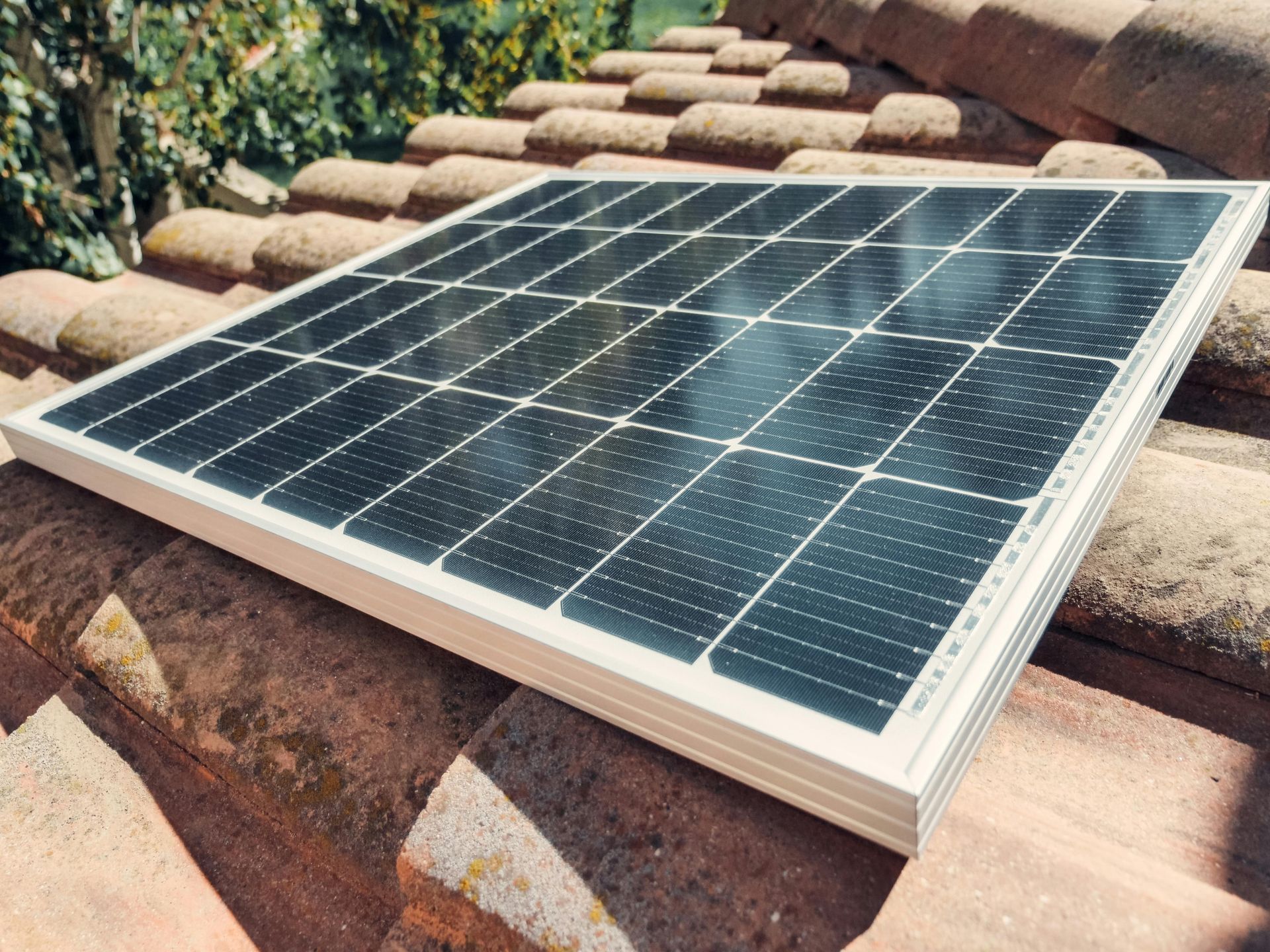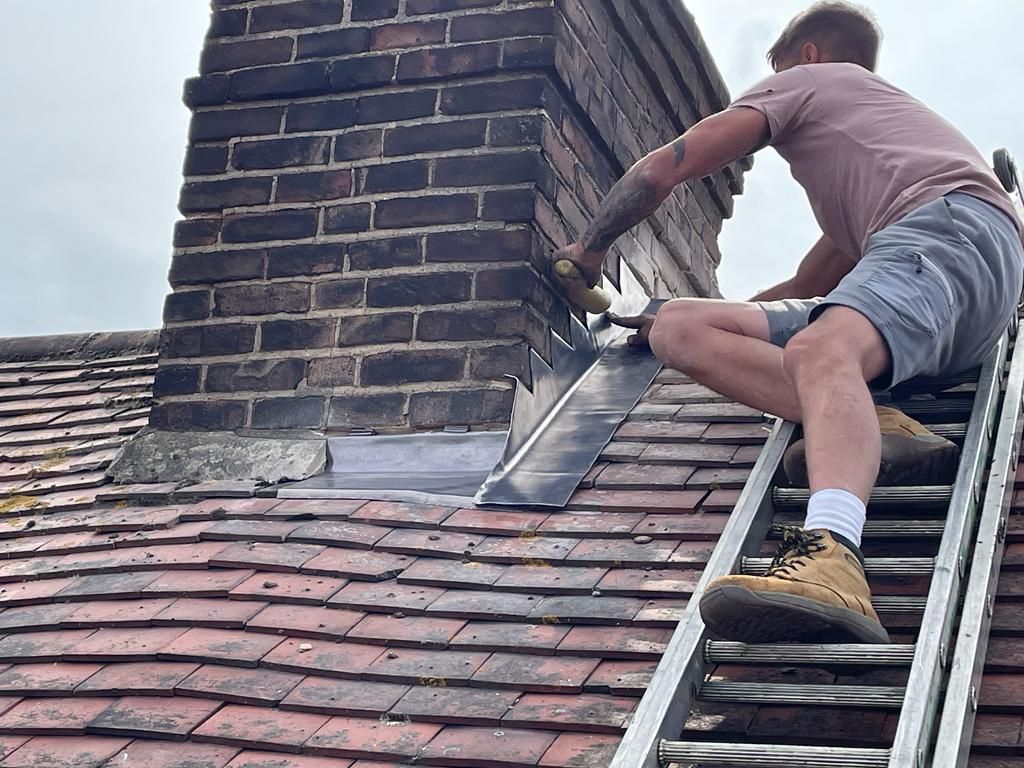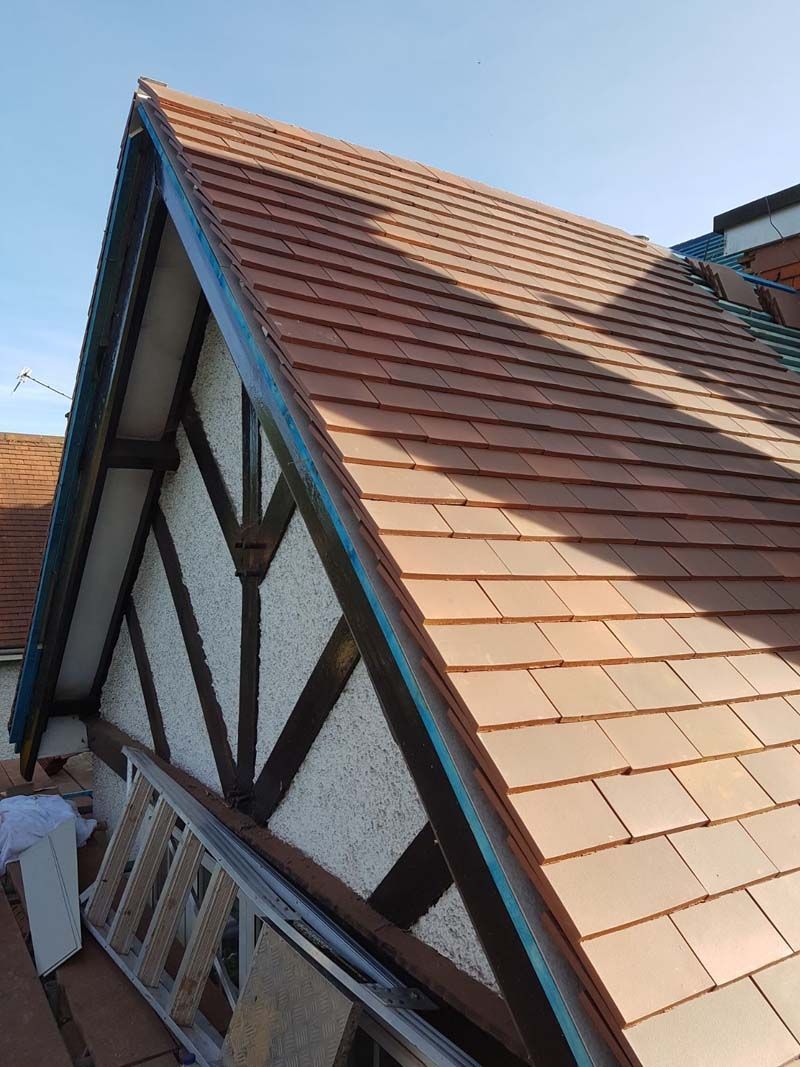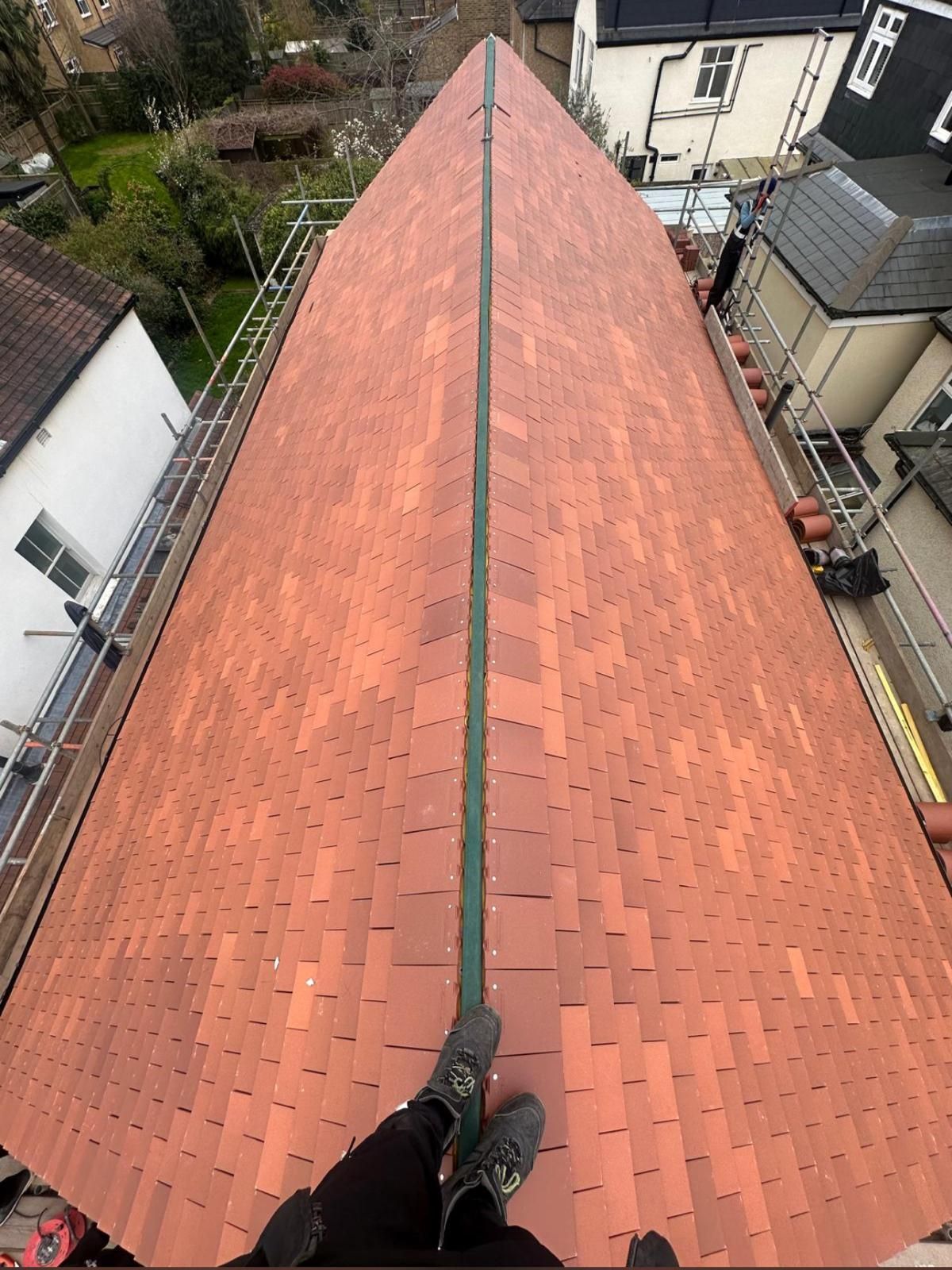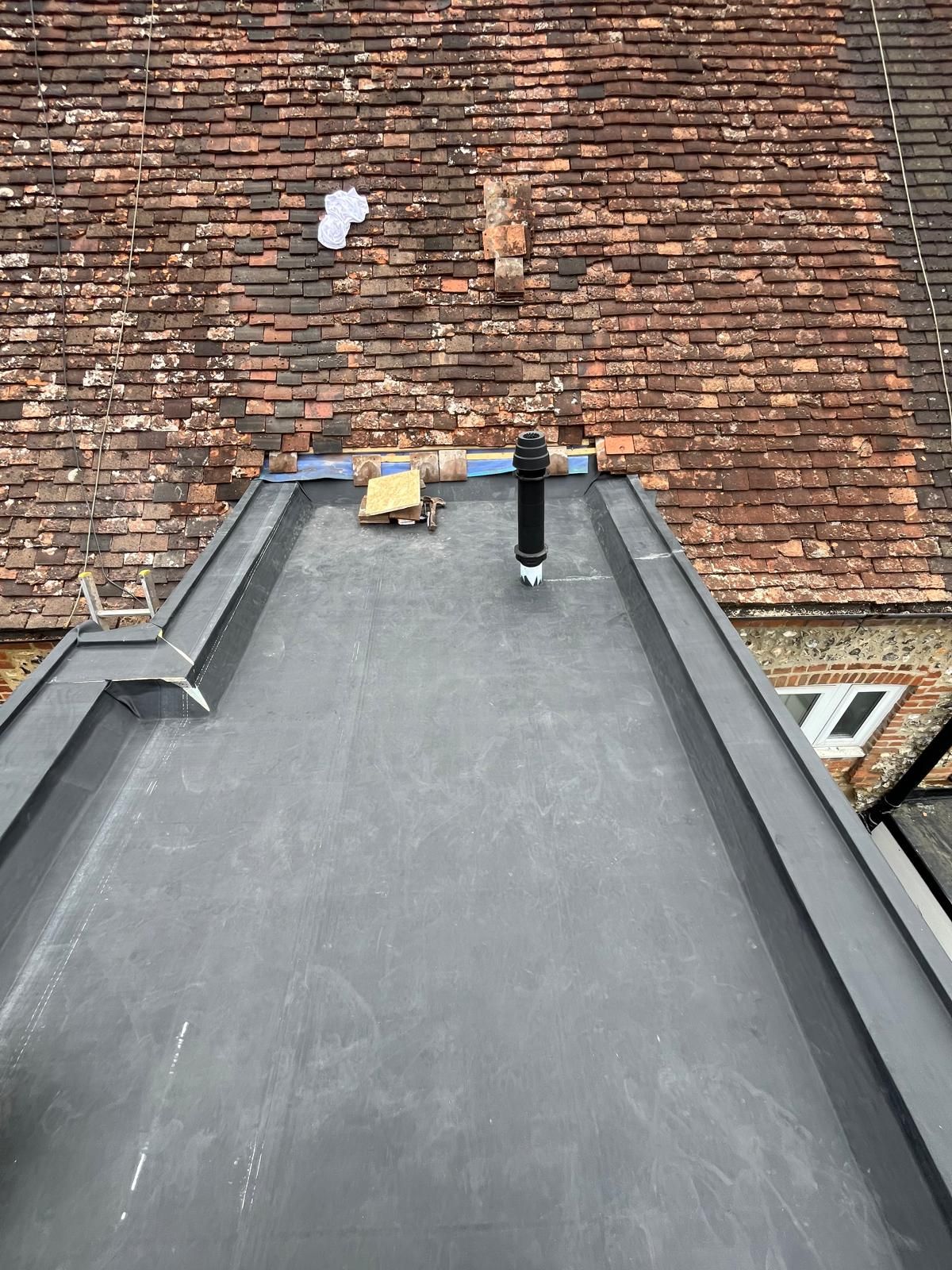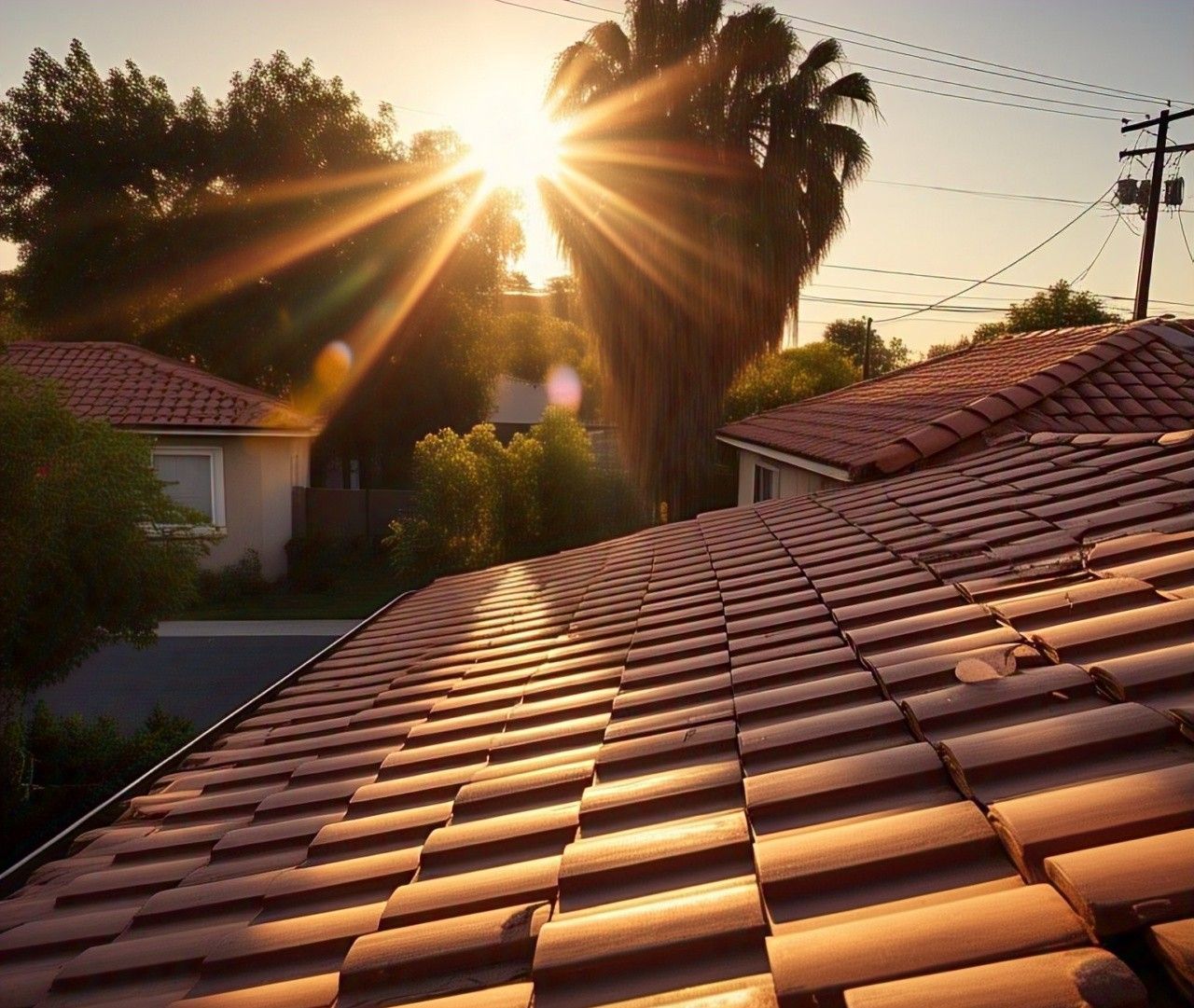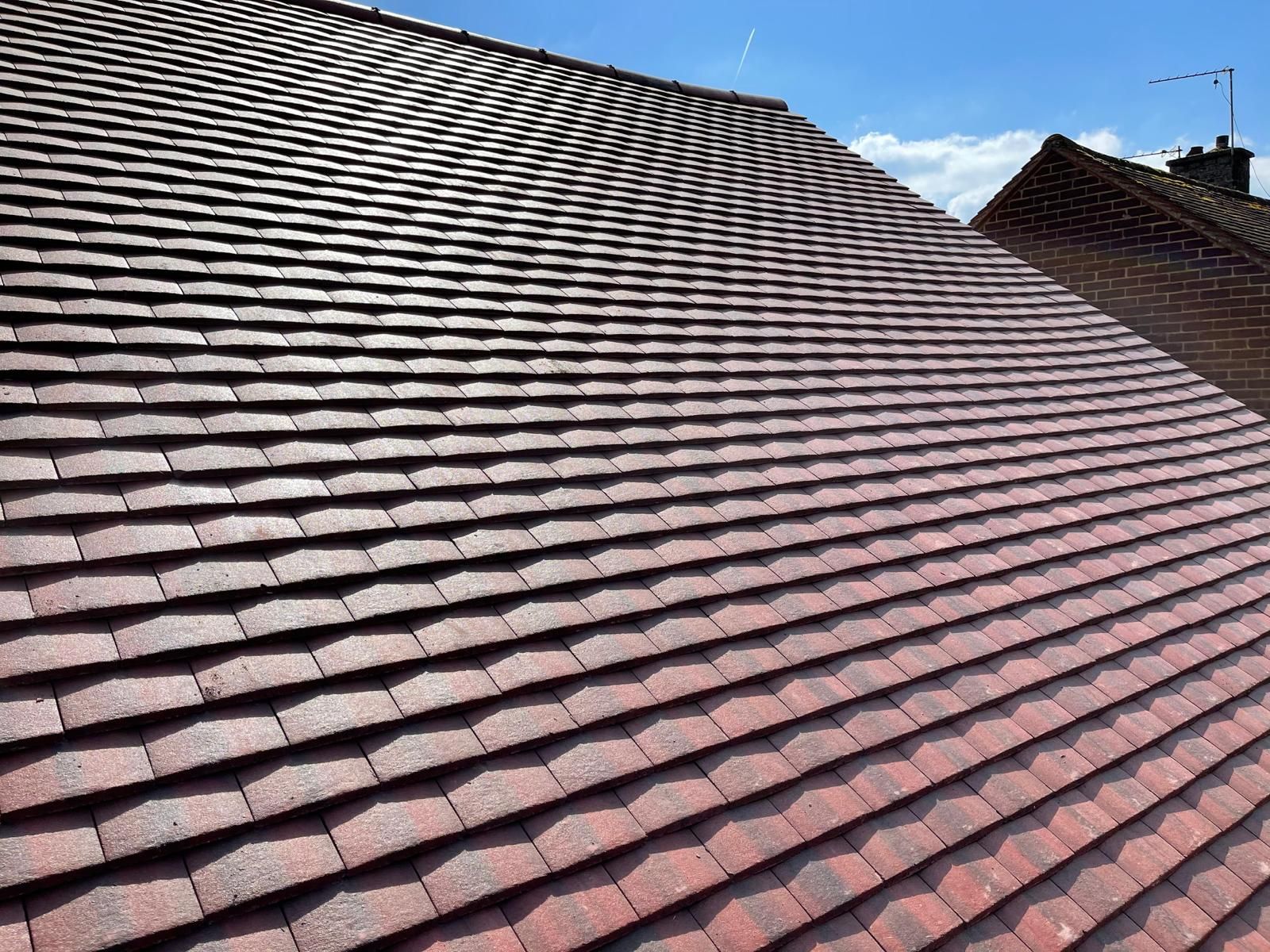How Winter Weather Affects Your Roof in High Wycombe
Introduction
As winter draws closer in
High Wycombe, you may be bracing for colder temperatures, rain, and possibly snow. While these seasonal changes might seem normal for the UK, they can greatly impact the health and longevity of your roof. Whether it's intense frost, strong winds, or heavy rainfall, your
roof is the first line of defence against these weather conditions. Understanding the specific ways in which winter weather can affect your
roof is vital not only to prevent potential damages but also to save you money over the long term.
In this blog post, we’ll explore how winter weather can affect your
roof in
High Wycombe and what you can do as a homeowner to ensure your roof survives the season.
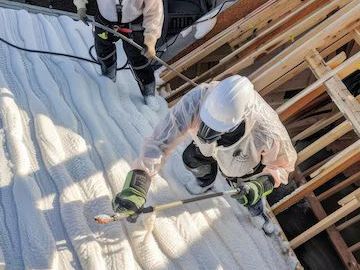
The Importance of Your Roof in Winter
Your roof is crucial in protecting your home from all kinds of weather-related damage. During the winter, the demands on it increase significantly, especially in areas like
High Wycombe,
Beaconsfield and the
surrounding areas, where you might face a mix of rain, frost, and strong winds. Like any other part of your home, your roof needs regular care and attention to perform effectively, particularly when faced with harsh winter weather.
Key Ways Winter Weather Can Affect Your Roof
1. Heavy Rain and Water Damage
Rain is a consistent feature of British winters, especially in South East England. The amount of rainfall averaged over recent winters has risen, creating potential issues for homes that aren't properly protected. Your roof is designed to channel water away via
gutters and downpipes, but an old or
damaged roof can allow water to seep into the structure. This can lead to several issues, including:
- Leaks: Water can get into your roof space, causing mould, rot, and stains on interior walls or ceilings.
- Structural Damage: Regular water exposure can weaken wooden beams, causing the structure of the roof to become compromised.
- Icy Gutters: Water that does not drain properly can freeze, leading to broken gutters and even water pooling on the roof surface.
Proactively fixing
gutter systems and ensuring tiles are secure can go a long way in protecting your roof from these issues.
"Winter puts extra pressure on your roof, so preparing it early helps prevent leaks and weather-related damage."
2. Frost and Ice Dams
Whenever the temperatures drop in
High Wycombe, frost and ice become familiar sights. One danger of this frost is the formation of ice dams. These occur when snow on the roof melts due to rising heat from inside your house and then refreezes along the eaves. This creates a dam that prevents more water from properly flowing off the roof, with two main consequences:
- Roof Damage: When the trapped meltwater refreezes and expands, it forces apart tiles, creating leaks.
- Gutter Strain: Ice dams place excessive weight and pressure on your gutters, often causing them to sag or break entirely.
Regularly clearing gutters and ensuring
proper insulation in attic areas can reduce the risk of ice dams forming.
3. Snow Accumulation
While snowfall might not be as frequent or heavy in
High Wycombe compared to northern parts of the UK, it can still have a marked impact on your roof. Roofs are constructed to bear certain loads, but particularly heavy and prolonged snowfall can exceed their weight-bearing capacity. This accumulation can cause:
- Sagging Roof Sections: Heavy snow deposits can lead to sections of your roof sagging, which is costly and dangerous to repair.
- Tile Displacement: The weight of snow can move or dislodge tiles, exposing your roof to water damage and further deterioration.
If snow buildup is expected, it’s advisable to have a
professional carefully clear the roof to prevent excess strain.
4. Wind Damage
High winds are a frequent issue in winter, causing potential damage to roofs that haven’t been maintained. Gusts of wind can loosen or completely rip off roofing materials like tiles or the protective underlay, exposing your roof to water ingress and other damage.
In
High Wycombe, winter storms bring periods of high winds, sometimes with speeds exceeding 50-60 mph. This could lead to:
- Lost Tiles: High winds can lift roofing tiles, potentially exposing parts of your soundproofing or insulation layer to moisture.
- Debris Impact: Storms tend to send loose branches and other debris flying, which may hit your roof, causing immediate damage.
Ensuring your roof is properly inspected before the winter season can help identify any weak spots that might be susceptible to wind damage.
5. Worsened Pre-existing Damage
Winter doesn’t create many roofing problems from scratch; rather, it often exacerbates pre-existing issues. Small leaks, missing tiles, or
clogged gutters that may have been minor problems during spring or summer can become expensive headaches when the colder weather hits. Winter’s freeze-thaw cycles can worsen cracks in roofing materials, while trapped water that freezes can expand and break things like flashing joints and insulation layers.
A roofing health check, particularly during the autumn months, can allow you to catch and
repair these problems before winter weather amplifies them.
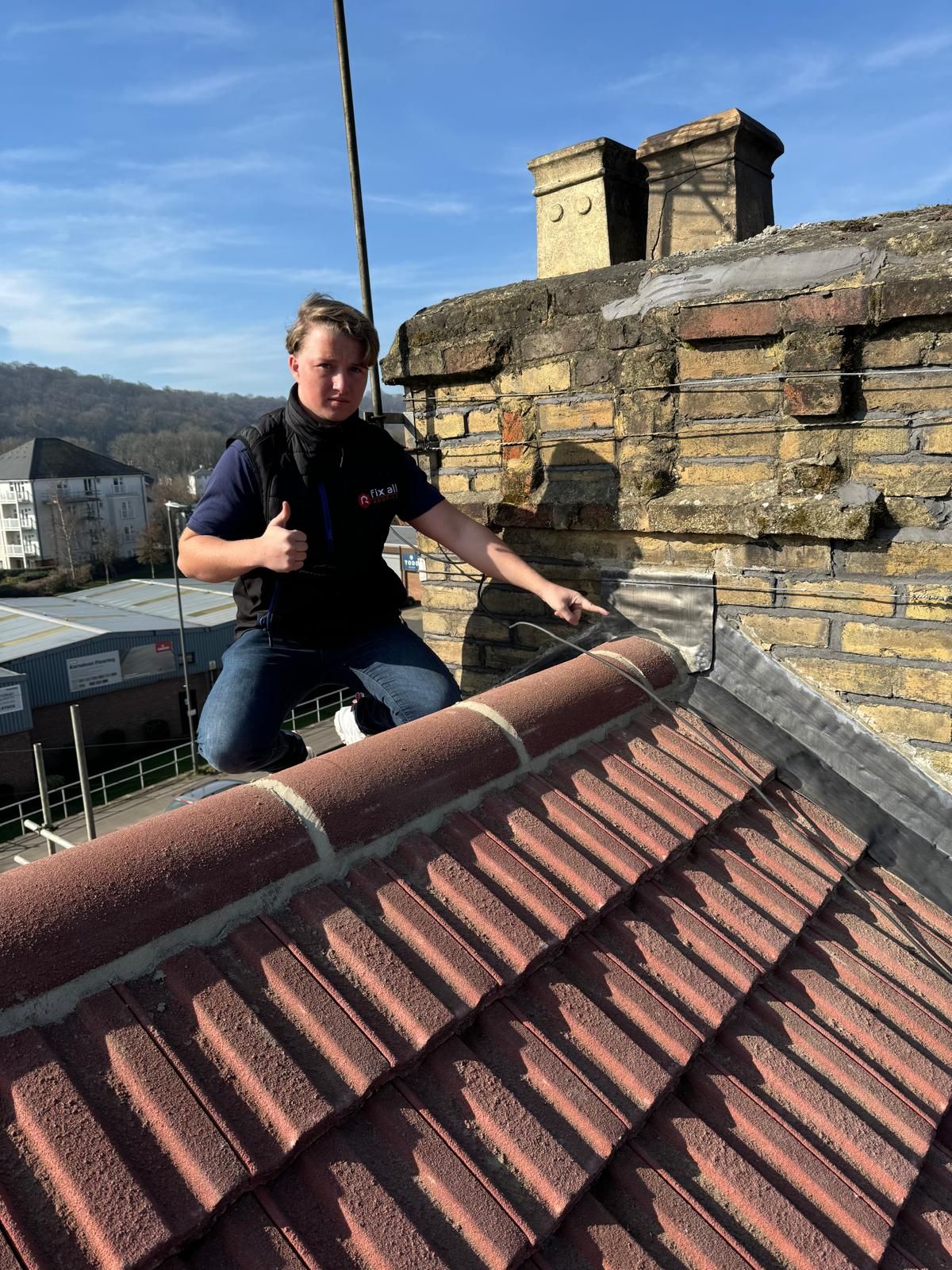
Proactively Protecting Your Roof in Winter
Being based in
High Wycombe, many homeowners already understand how unpredictable winter weather can be. Here’s how you can proactively protect your roof during the winter months:
1. Schedule a Pre-winter Roof Inspection
One of the best things you can do is have a professional evaluate your roof before the winter season sets in. A proper inspection involves looking at the following:
- The condition of the tiles or slates.
- The state of the underlay.
- Ensuring the guttering system is clean and functional.
"Regular roof inspections help spot early issues before they become costly repairs, keeping your home protected year-round."
2. Insulate and Ventilate Your Loft
Proper insulation in your loft can prevent ice dams by reducing the amount of heat that escapes through your roof. At the same time, a well-ventilated loft helps to regulate temperature and moisture levels, keeping ice and water from damaging your roofing materials.
3. Clean Your Gutters Regularly
Make
gutter
cleaning a priority in the autumn to ensure water flows freely during the winter months. Clogged gutters are one of the leading causes of winter leak issues and ice damming problems.
4. Trim Overhanging Trees
If there are trees near your property, it’s important to trim them back before any heavy storms hit. Fallen branches or even old leaves can add weight to your roof or
block drainage systems, leading to avoidable damage.
5. Keep an Eye on Flashing and Chimneys
Flashing is the metal material that seals joints and prevents water from leaking into the structure. The freeze-thaw cycle in winter can cause it to lose its integrity. Similarly, chimneys can become sources of leaks if the mortar is cracked or damaged.

Conclusion
Winter weather can significantly impact the condition of your roof, but understanding the risks and taking preventive measures can help keep major
repairs at bay. Whether it's rain, frost, snow, or high winds, the UK's winter climate poses unique challenges for homeowners in
High Wycombe. Fortunately, pre-emptive inspections, simple DIY fixes, and professional maintenance can go a long way in ensuring your roof stays in top condition during the colder months.
If you’re concerned about the condition of your roof, now is the time to take action. At
Fixall Roofing, we provide comprehensive roofing inspections and
repair services in
High Wycombe,
Beaconsfield, and the
surrounding areas. Don’t wait until it’s too late—contact us today for a free inspection and quote.
Need expert help with your roof this winter? Call Fixall Roofing on
01494 978006.


